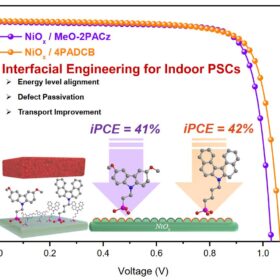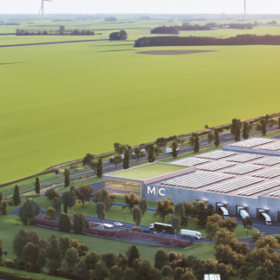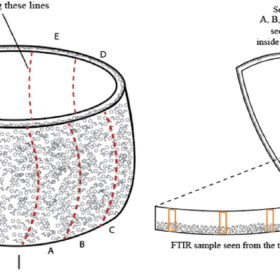Indoor perovskite solar cell based on self-assembled monolayers achieves 42% efficiency
Researchers in Taiwan have developed an efficient carrier transport and defect passivation approach at the nickel oxide/perovskite interface in perovskite solar cells, enabling devices with 42% efficiency under indoor lighting conditions, and over 20% in simulated sunlight.
Engie commissions 2.3 MW lightweight rooftop PV system in Belgium
Installed by Engie’s Sun4business subsidiary, the C&I project features solar PV panels from Dutch manufacturer Solarge that weigh just 7 kg/m2.
Freesuns brings PV to Swiss heritage buildings
Swiss module manufacturer Freesuns has installed 33,300 of its solar roof tiles on three historical buildings in the Swiss town of Neuchâtel.
Norwegian startup combines solar with EV recharging, energy management
Norway-based Evert said its new solution can simplify installing solar PV, energy management, and electric vehicle charging by combining multiple devices into one unit bundled with software. It is made for the European residential and commercial markets, and expected to be available in mid 2025.
New process to synthesize cathode materials for lithium-ion batteries
U.S. startup Sylvatex offers mixed metal oxide cathode active materials made with a waterless, continuous synthesis process. The company is currently validating its technology in the domestic lithium ion battery supply chain and plans to build a pilot line in California.
MCPV moves forward with 4 GW solar cell factory in the Netherlands
MCPV, a Netherlands based cell manufacturer, has secured €4.2 million ($4.6 million) of Dutch government support for a 4 GW solar cell plant to be built in the town of Veendam. It has also obtained electricity supply commitments for initial production lines and future expansion.
Quartz crucible quality key to reducing impurities in silicon ingot manufacturing
Researchers from Norway and Germany investigated the influence of impurities in fused quartz crucibles used in silicon PV ingot production. The results suggest that the key factors influencing crucible uniformity are sand quality, sand particle size, and aspects of the manufacturing process.
Swiss startup offers organic PV-powered asset tracker
Truvami has launched an organic PV-powered asset tracker equipped with localization and sensor technology for battery-free use indoors and outdoors, targeting logistics and manufacturing applications.
Sinovoltaics tracks 78.8 GW solar module capacity in Southeast Asia
The latest supply chain map from Sinovoltaics tracks growth across Southeast Asia, with module capacity reaching 78.8 GW, and 58 production projects tracked.
Hail-resistant front covers for vehicle-integrated photovoltaics
Researchers at Germany’s Fraunhofer ISE have tested glass fiber-reinforced polymer as a front cover material vehicle integrated PV modules, finding that it has the potential to reduce weight by 44% to 74 % compared to conventional glass-covered modules. Experimental devices withstood hail tests, avoiding cell cracking after impact.










